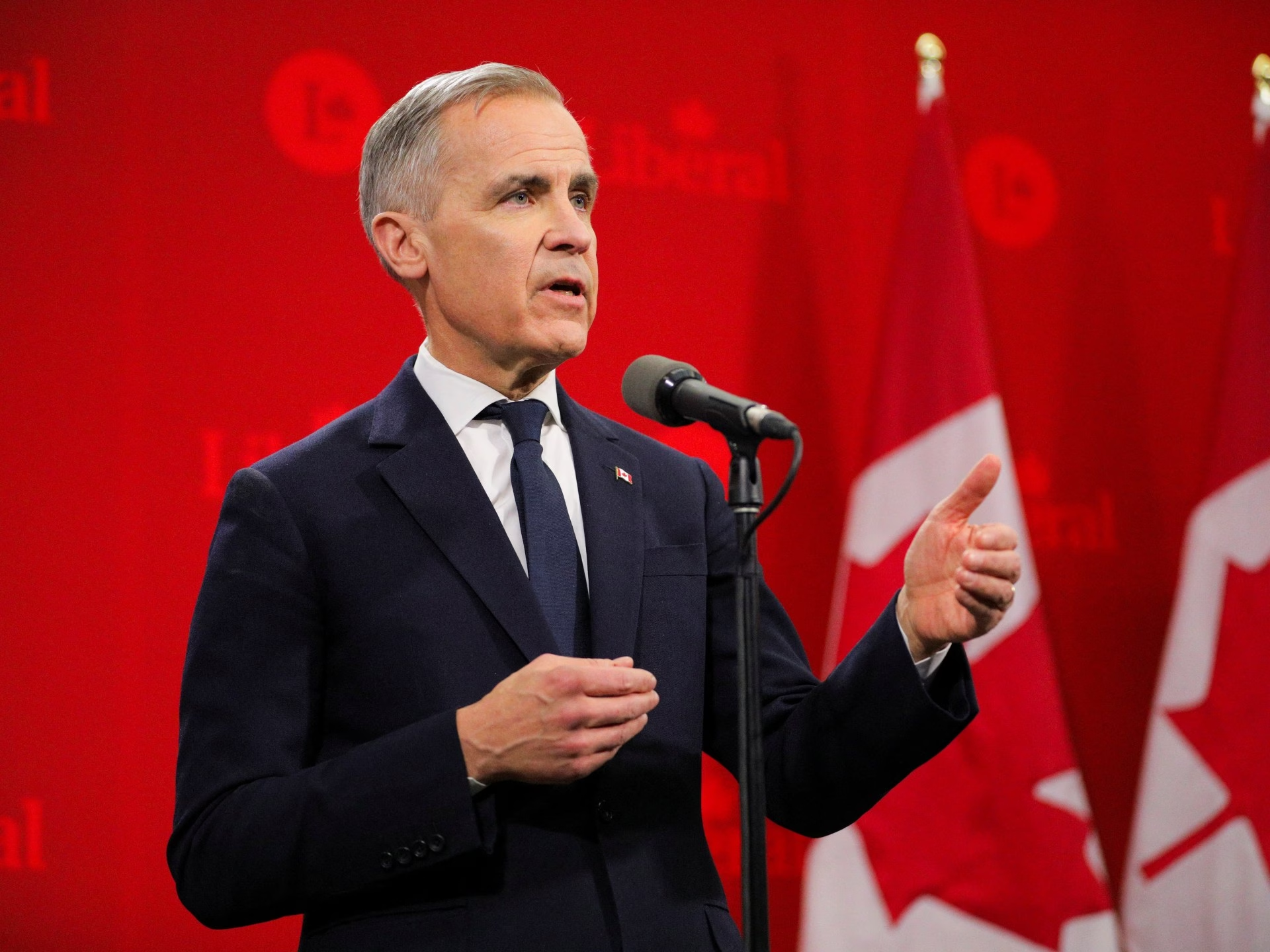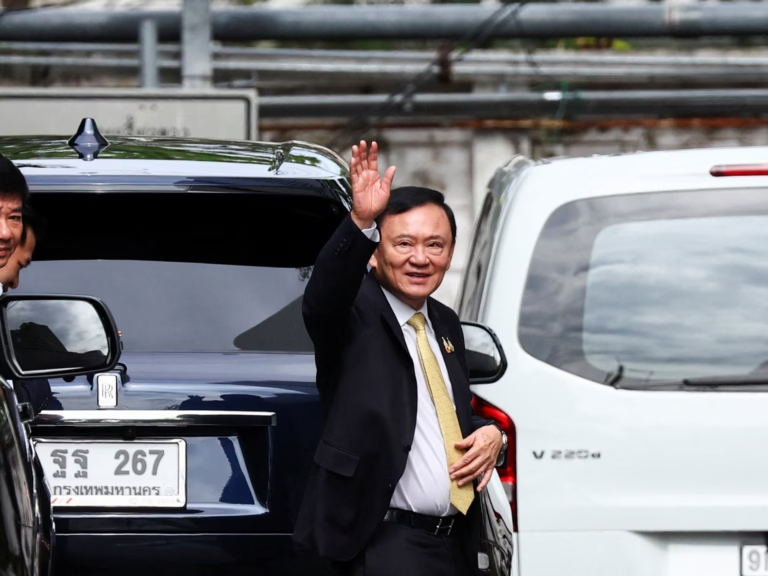The former governor of the Bank of Canada secured the Liberal leadership vote on Sunday, following Trudeau’s announcement in January that he would step down due to pressure from an affordability crisis and threats of a trade dispute with the US.
Carney takes the helm at a delicate time as tensions rise between Canada and the US, with President Donald Trump imposing significant tariffs on Canadian products.
Canada is preparing for a federal election, scheduled no later than October 20, though it might be called sooner.
So, what’s the next step? Al Jazeera explores what the transition means with Carney at the helm as Canada’s new prime minister.
Carney Clinches Leadership
Carney decisively emerged from the leadership race, beating contenders like former Canadian Finance Minister Chrystia Freeland, MP Karina Gould, and businessman Frank Baylis.
A civilian economist and ex-central banker, Carney, is not a member of the Canadian parliament, also known as the House of Commons, and is without prior federal office experience.
According to Andrea Lawlor, an associate professor of political science and public policy at McMaster University, the prime minister need not be a parliamentarian but must be able to command the House’s confidence under Canada’s parliamentary governance system.
The Liberal Party currently holds a minority government. While Carney’s win solidified his role as the party’s new leader, he has yet to step into his prime ministerial position.

Trudeau’s Formal Resignation
Trudeau, who has been prime minister since 2015, confirmed in January that he would resign as Liberal leader and prime minister once a successor was chosen.
With Carney now selected, Trudeau must go to the governor general, a symbolic figure in the Canadian governmental system, to formally resign and advise on his successor.
“For the transition to occur, the prime minister must inform the governor general of their intention to step down and advise on their choice of successor,” explained Daniel Beland, a professor at McGill University.
Trudeau’s official resignation and the timing of his discussions with the governor general remain undisclosed.
Carney’s Invitation to Form Government
Following governor general’s acceptance of Trudeau’s resignation and recommendation, Carney would be invited to form the new government.
This entails decisions on the composition and size of his cabinet. Some members of Trudeau’s government have already endorsed Carney for Liberal leadership.
Carney’s Entry into the House of Commons
After assuming the top job, Carney will need to obtain a seat in Parliament, both for increased political legitimacy and to meet the opposition, said Lawlor.
He can secure a seat either through a by-election or general election, a decision that may depend on the party’s internal assessment and Carney’s polling performance.
Carney’s opponents may prompt a no-confidence motion in the House of Commons to instigate an early election.
Caretaker Government Status
If an election ensues, the Carney-led Liberals will act in a caretaker capacity until the new government is established.
Because Carney is unelected, he currently bypasses rules requiring financial disclosure and conflict of interest obligations applicable to Canadian lawmakers.
Opposition MPs have advocated for Carney to voluntarily adhere to these rules, voicing concerns over briefings to him regarding US tariffs before his formal election win.
Operational security clearances will also be necessary for Carney to access specific national security information once he assumes the role of prime minister.







